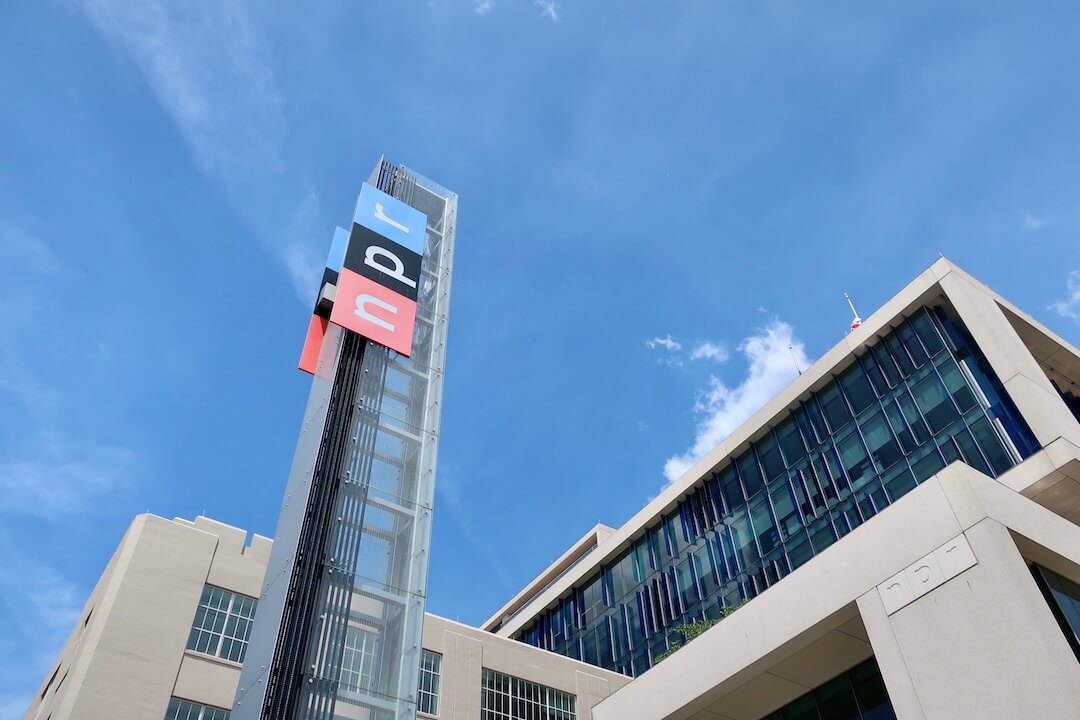The Newspaper Association of America’s annual mediaXchange conference is always part industry promotion, an occasion for expressions of confidence. But at this year’s edition in Orlando last week, those sentiments had a fighting edge.
Outgoing chairman Jim Moroney, publisher and CEO of the Dallas Morning News, chose a medley of down-home, don’t-mess-with-Texas aphorisms to open the conference. He said he was ready to bet against the “gaggle of self-proclaimed experts,” predicting the industry’s imminent demise that “print newspapers will still be around in 10 years” and that they will report their “first year-to-year increase in revenues (since the mid-2000s) by this time next year.”
Moroney, affectionately called “the Nutty Professor” by a later presenter, added that the industry should “open barrels of whoopass” on its critics and “ignore the Eeyores.”
In a similar vein, Moroney’s successor, Robert Nutting, CEO of Ogden Newspapers, said later in the conference: “We need to be our own evangelists; we need to get some of our swagger back.”
So what’s the case for swagger?
The NAA had commissioned a pair of studies documenting print ad effectiveness. One, an update of “How America Shops and Spends” by Frank N. Magid Associates, found that one-third of newspaper non-readers (those who read less than once a week) nonetheless use newspaper advertising, especially preprints and coupons in planning shopping.
A new study by Nielsen found that newspaper ads, compared to those in other media, are better remembered and more often acted upon, especially on key shopping occasions like Black Friday. And they were judged by those surveyed as “less annoying” than TV and digital counterparts.
In a separate session on new newspaper owner-investors, Terry Kroeger, who runs Warren Buffet’s Berkshire Hathaway group, was guarded on specific numbers but said the company had “an outstanding first quarter.” There should be more light this week on whether revenues and earnings are indeed trending upward as Gannett and the New York Times Co. report first quarter results.
Not surprisingly, the conference also highlighted the success of digital subscription plans and the 5 percent increase in circulation revenues they prompted in 2012.
Two different speakers from Gannett said that the company did deep research on the perceived value of newspapers before deciding on steep price increase for both print and print + digital bundles. Typically readers thought they were paying 50 to 200 percent more than they actually were. So why not charge accordingly?
I have argued in past posts that a hidden benefit of bundled print+digital subscription plans is that the industry will be well-positioned over time as reader preferences among platforms shift. For instance, a swing from laptop/desktop to mobile, as many are predicting for the several years, would be a non-event from a subscription point of view for the many subscribers now getting some form of all-access.
Consultant Matt Lindsay of Mather Economics, expressed a similar idea in a different fashion: part of the charm of the bundled model, he said, is that different subscribers can value the component parts differently and still be satisfied.
As a longtime New York Times print subscriber, for instance, I may see $50 of the $70 I pay a month as covering seven days a week of print home-delivery, the other $20 buying unlimited digital access. A young digital-first reader, who gets the less pricey digital and Sunday print option may have the reverse sense of what each is worth.
So I don’t think it is an exaggeration to say that with metered paywalls and bundled subs, the industry has successfully transitioned to a new business model for collecting revenue from subscribers — more of them all the time are paying not just for the paper but for access to content whenever and on whatever platform they want.
The advertising side of the equation is trickier. Panelists at the conference typically reported that page views have gone down some since they put in a paywall but that digital advertising has held steady or increased. But Jerry Hill, Gannett’s top circulation director (and a colleague from his years at Poynter’s Tampa Bay Times) pointed out that there also is an indirect tradeoff in losing paid print subscribers and some print revenues, especially those from preprints. And, of course, print ads are still more lucrative than digital.
That is worth considering as companies boast of gains in digital subs and circulation revenues. Successful in their own terms, the new subscription plans may be contributing to continued advertising losses on the print side.
I came away from mediaXchange marking two other key issues in the category of unfinished business.
Through the NewsRight licensing agency the industry created, it continues to work on deals to collect royalties from aggregators for recycling and profiting from expensive-to-produce content newspapers originate. But content licensing is a complex matter legally and technologically and revenue success to date appears modest.
Similarly, the search for mobile ads to accompany the boom in audience for smart phones and tablets remains in an early stage.
George Bell, president and CEO of Jumptap, a leading mobile targeting vendor, said the industry’s audience has grown 10 times as quickly as the Internet did on desktop/laptop, and that both advertisers and publishers have years to go in developing effective marketing strategies.
“When people ask what inning we are in,” Bell said, “that’s the wrong metaphor. It is really more like asking a team to shift from playing baseball to playing soccer.”








Comments